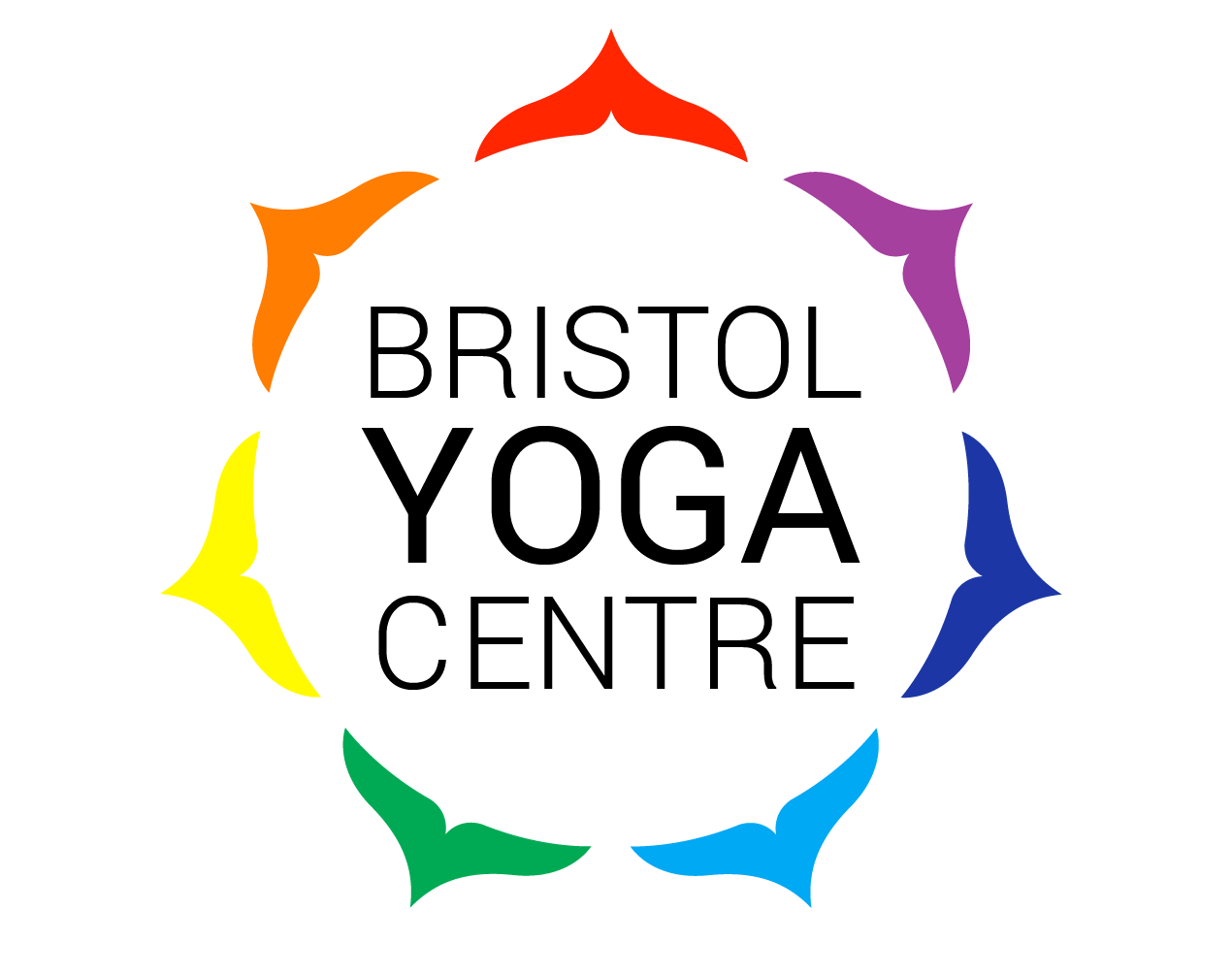Our practice should teach us to have a mountain of resilience and an ocean of patience.
At face value Tadasana (standing upright) seems to be one of the most basic postures in yoga. However, the term ‘basic posture’ can be misleading, which is why I prefer think of it as one of the fundamental poses.
Tadasana means mountain posture. As a well-known yoga teacher, Erich Schiffman says the pose…
‘promotes the experience of stillness, strength, relaxed power, and immovable stability associated with mountains’.
It’s a wonderful posture that reminds us the importance of stability, lightness and balance. Tadasana acts as a blue print for all standing postures as it shows us how to bring these essential qualities into every pose we practice. It’s easier to feel grounded and effortless in Tadasana, and once you have experienced these delightful attributes, you can translate them into more complex postures.
Whenever I practice challenging poses, I try to bring a sense of balance even when the pose seems uneven and twisted. I focus on being stable and balanced, and then explore ways of being light and expansive. This method allows you to breathe properly and start to relax into the position.
One of my teachers often says that practicing Tadasana illustrates the earth and sky relationship perfectly. When you stand well, there is a feeling of being supported by the earth, which in turn enables effortless lift towards the sky. It’s a great pose to explore your relationship with gravity and space, and feel how they work together in our practice.
Tadasana encourages better physical posture and teaches the mind to be steady and calm. Every time we practice, we can reacquaint ourselves with stillness. As Schiffman says… ‘remember that experiencing yourself in stillness is the most direct way to experience yourself with clarity’.
Tadasana allows you to establish this deep connection with yourself. So next time you’re on the mat, rather than rush through Tadasana, try spending some time experiencing this incredible posture fully.



